It’s been five years since Teamfight Tactics launched within the League of Legends client and quickly transformed into a standalone sensation, capturing the hearts of millions of players worldwide. Since League‘s release in 2009, numerous game modes have come and gone. But the TFT team knew the autobattler would be different.
“We knew we had something special on our hands,” said Lynda Tang, TFT’s senior tech designer, in an exclusive interview with Dot Esports. She joined Riot as an intern and helped in the creation of TFT with roughly 40 other people, including the current gameplay director and one of the most beloved people in the community, Stephen “Mort” Mortimer.
Mort said TFT‘s early days were both challenging and exhilarating. Having spent 11 years at Nintendo working on puzzle games, he faced initial doubts about his ability to contribute effectively to gameplay design at Riot. His involvement in TFT quickly dispelled those doubts, though, and five years later he says it’s the game he can pour his heart into.
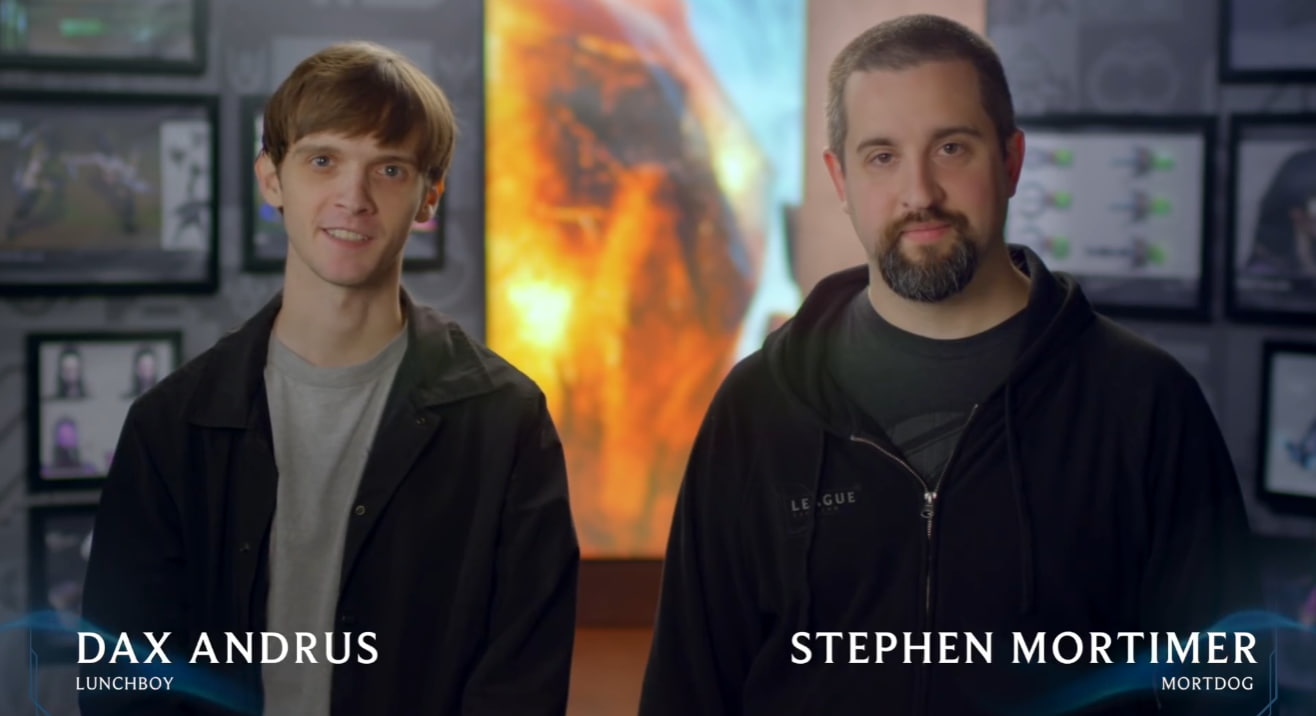
The game’s initial sets saw mixed reactions, and there was a period after Set Two, Rise of the Elements, where the player base began to decline rapidly.
At the time, the team had to decide whether to continue investing in the game or accept that TFT might be a fleeting trend. But the team’s belief in the set model and potential of the autobattler kept them pushing forward—even launching it on mobile less than a year from its release. Riot moved forward with Set Three, Galaxies, which revitalized the game and set it on an upward trajectory. The timing was also fortuitous, as the global pandemic increased demand for engaging online experiences just as Riot was putting the final touches on Set Three and packing their computers to work from home.
In September 2020, TFT had its first World Championship. There, a 16-year-old who just wanted to have fun had, as he says, his “fate” changed forever. Emre “Double61” Demirtas became the first World Champion for Riot’s autobattler, and four years later, he’s in the run to reclaim his crown.
Reflecting on the five-year evolution of TFT, Double61 believes the game’s core—having fun—remains the same while its content has expanded significantly with new mechanics, champions, and Little Legends. He recalled a low point during the transition between Set Four and Set Five, though, when he felt the decisions made by the TFT team were “so bad” he doesn’t even want to recall how it was playing at the time—specifically referencing Shadow Items.
Mort said he was on vacation when his boss asked him to solve the problem of Shadow Items, as players were simply getting stressed and frustrated with the mechanic.
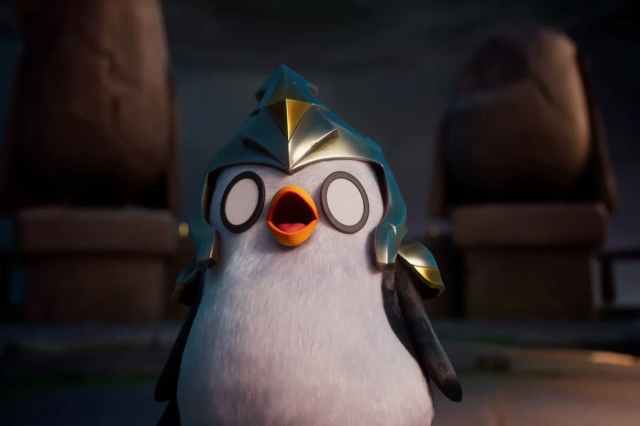
Shadow Items, introduced in Set Five, Reckoning, came with powerful benefits and severe drawbacks. This dual nature made them difficult to balance, often resulting in gameplay that felt punishing and unpredictable. “We came together and made the bold call of doing something we’d never done before and just threw out an entire set mechanic,” he said. “Just nuked it to the ground.”
And just like that, peace was restored to TFT realms.
The raised voices of the community about their feelings while playing never went unnoticed by the TFT team, something Double61 noted and highlighted. The pro player expressed confidence in the development team’s ability to innovate and surprise players, acknowledging how not all changes are universally loved, but the community’s trust in the dev team is strong.
He also emphasized how TFT’s duality—offering strategic depth for pros and fun experimentation for casual players—creates a rich experience that attracts a huge, diverse player base. Game modes like Hyper Roll or Pengu Party, which celebrates the game’s fifth anniversary, appeal to more casual players—so much that it made up for half of the total game hours at its launch, Riot shared.
But for those striving to reach the Tactician’s Crown, there are regional tournaments and an open qualifier LAN once a year. Last year, TFT esports had its peak at the first Vegas Open, where everyone could purchase a ticket and compete with the best players from all over the world. The event registered 145K peak viewership, according to Esports Charts, which might not make headlines like the 6.4 million of the 2023 League World Championship but is still the third-highest TFT event so far. After years of competing online, the TFT community experienced an event created just for them—and no one left without new precious memories.
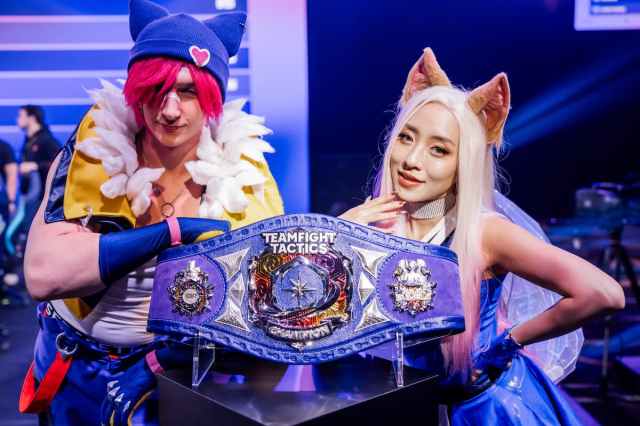
The Vegas Open was the “culmination of so much hard work,” an experience where the community’s enthusiastic response moved Mort to tears. “I went backstage, and I broke down,” Mort said about the event’s final day.
The experience also left an indelible mark on players. “My fondest memory with TFT is, of course, when I won the first Championship, and everyone in my house was so proud of me,” Double61 said. “But there was also one moment in Las Vegas I will never forget. When the Yone clutched. It was insane living that as a player.”
Double61 had already been eliminated from that supposed final round when Kevin Parker’s three-star Yone slashed through DSG Broccoli’s dreams of becoming World champion. Milala would later win the event.
Tang also found profound satisfaction in the community’s passion during the major event, emphasizing how her core motivation as a game developer has always been to bring joy to players. “All of that just happened at a really high magnitude and just right in front of my face during the Vegas Open,” she told Dot.
In just five years, TFT transformed from a game mode into the number one PC strategy game in the world, according to Riot, who used a mix of third-party analytics and internal data to make the calculation, though did not share any new official numbers. Now, all eyes are on what’s next for the game’s evolution.
Looking ahead, Mort, Tang, and Double61 shared their visions for TFT’s future, with all three sharing the hope of seeing their favorite game grow bigger and better.
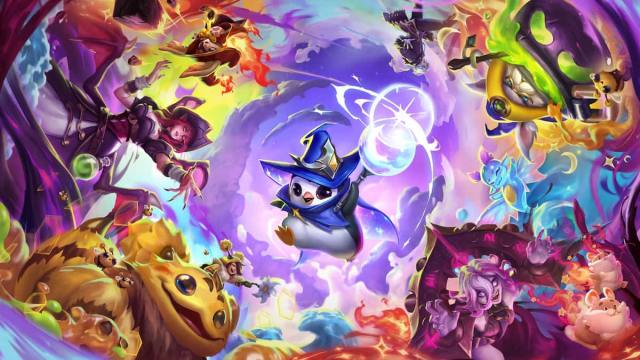
While all emphasized the importance of continuous innovation and adaptation, Mort expressed a desire to see significant advancements and reinventions in the game, ensuring it remains fresh and exciting for years to come—even without his help. “I want to get to the point where I’m still around, and I’m still helping, and I’m doing my thing, but the team has grown to the point where they don’t need me as much or at all even,” he told Dot.
Tang envisions the next five years of TFT experimenting with different modes and playstyles and catering to an even bigger player base, their preferences, and schedules. She wants to explore shorter game modes, more PvE options—similar to what League will do with Swarm—and other innovations that could expand the game’s appeal without straying too far from its core gameplay.
As the voice of the player base, Double61 expressed a desire for more significant in-person events, like the Las Vegas LAN. But the one thing he says TFT really needs is a big, bold opening ceremony for the World Championship with guests and exciting features—all on a physical stage. He believes such moments at live events bring a sense of community that virtual competitions can’t replicate, and TFT is deserving of such a treat.
As fans and players look forward to the announcement of Set 12 and the excitement of Set 11 Worlds this weekend, it’s clear TFT has come a long way in its five-year journey. With the TFT dev team now working on a two-year roadmap, as shared by Mort and Tang, the autobattler is poised to kick off its next chapter.


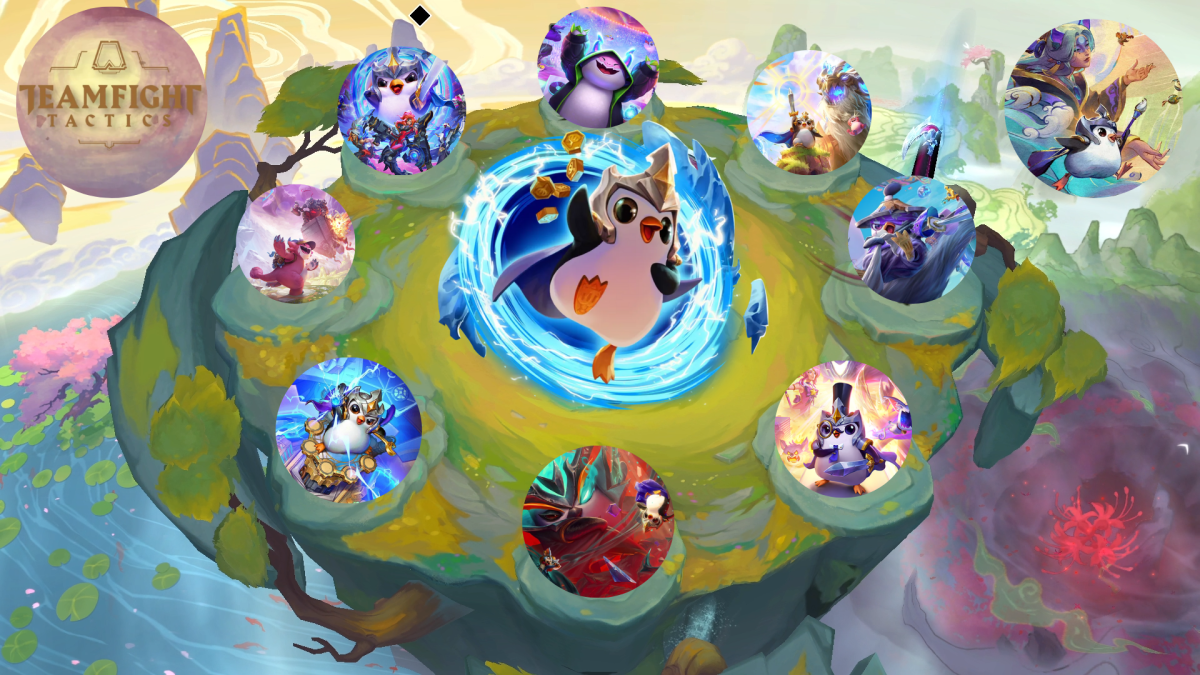
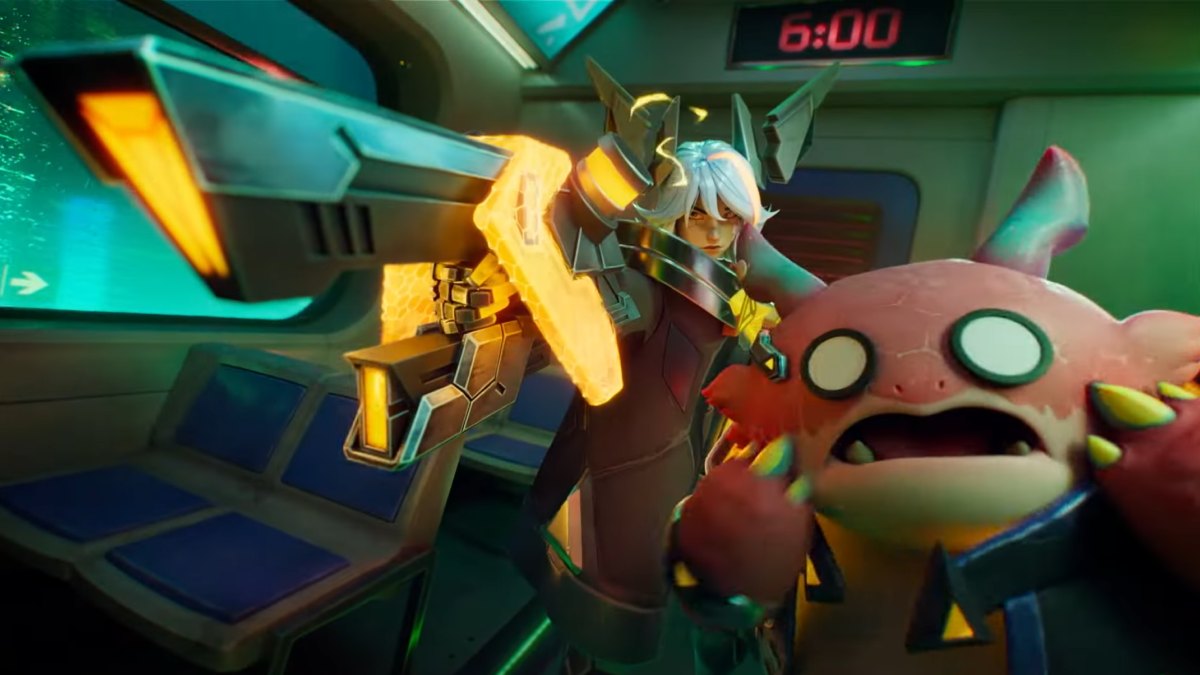
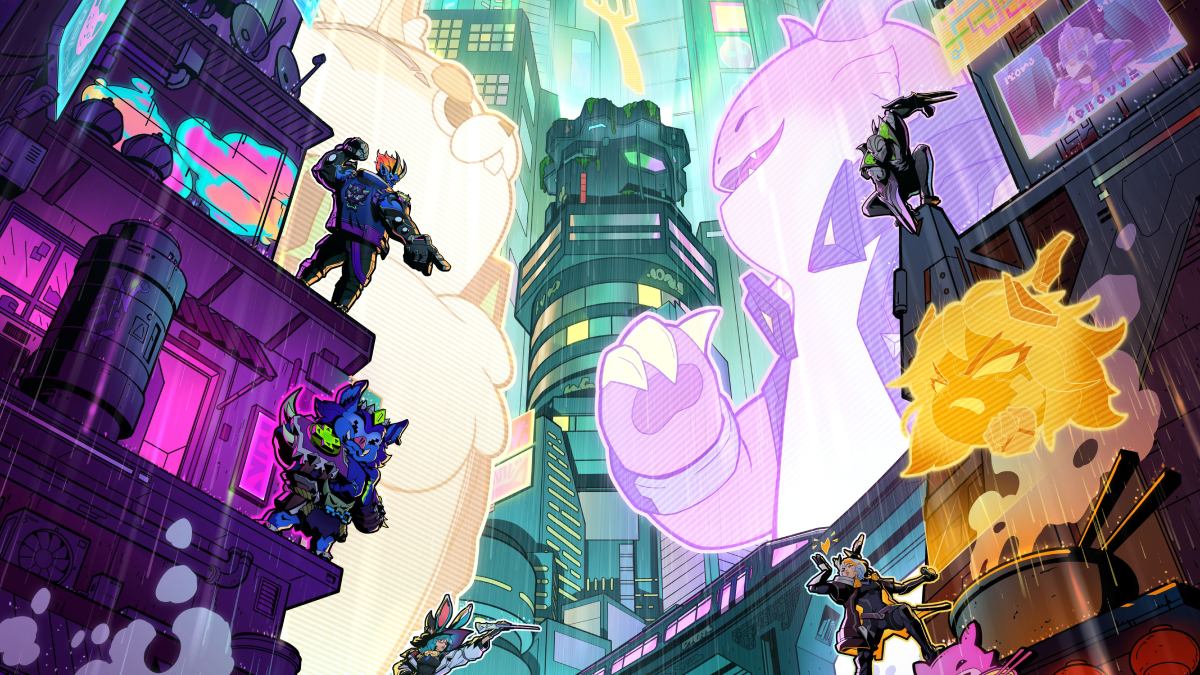
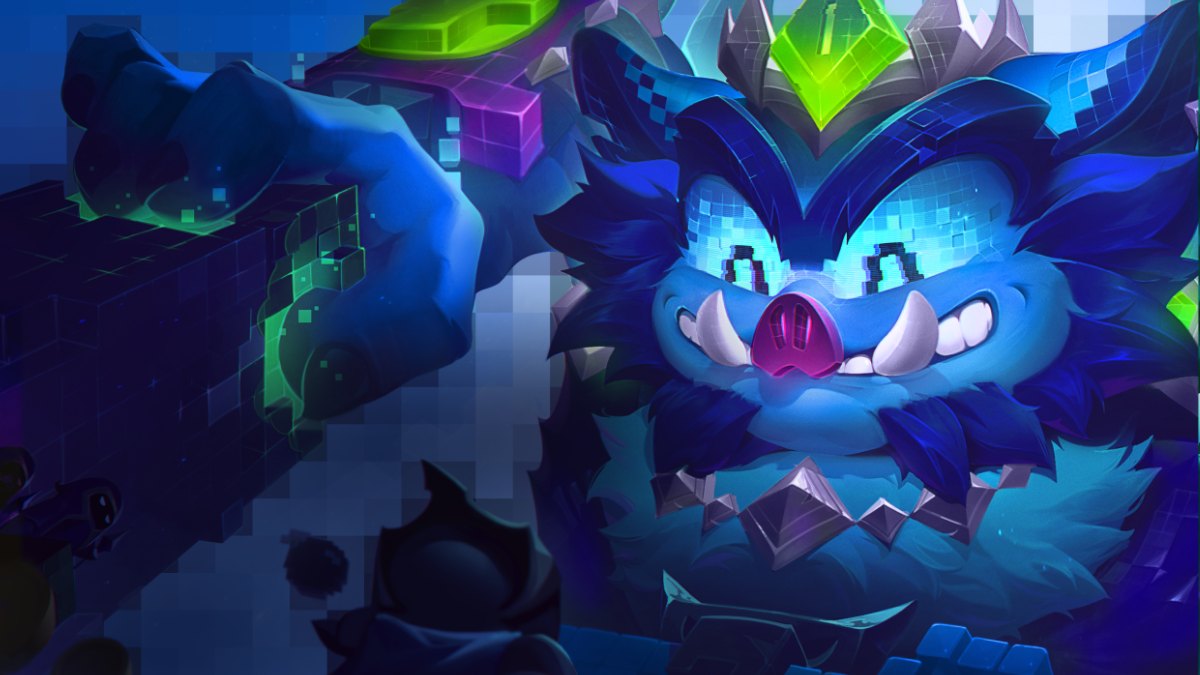
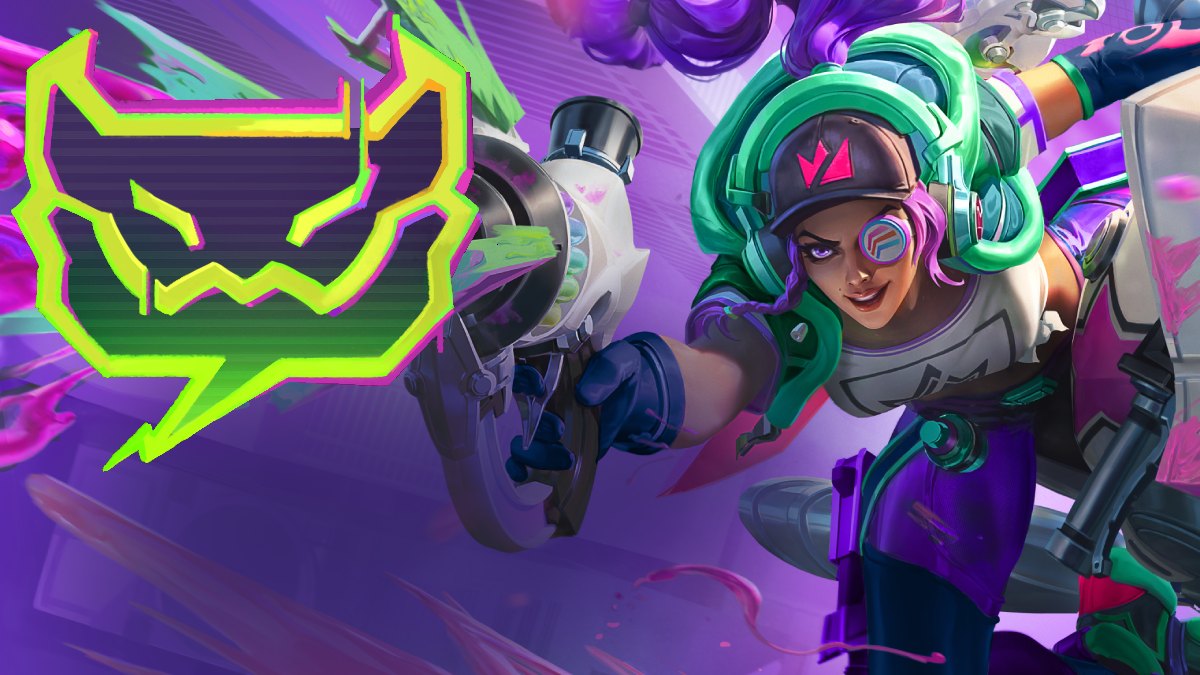
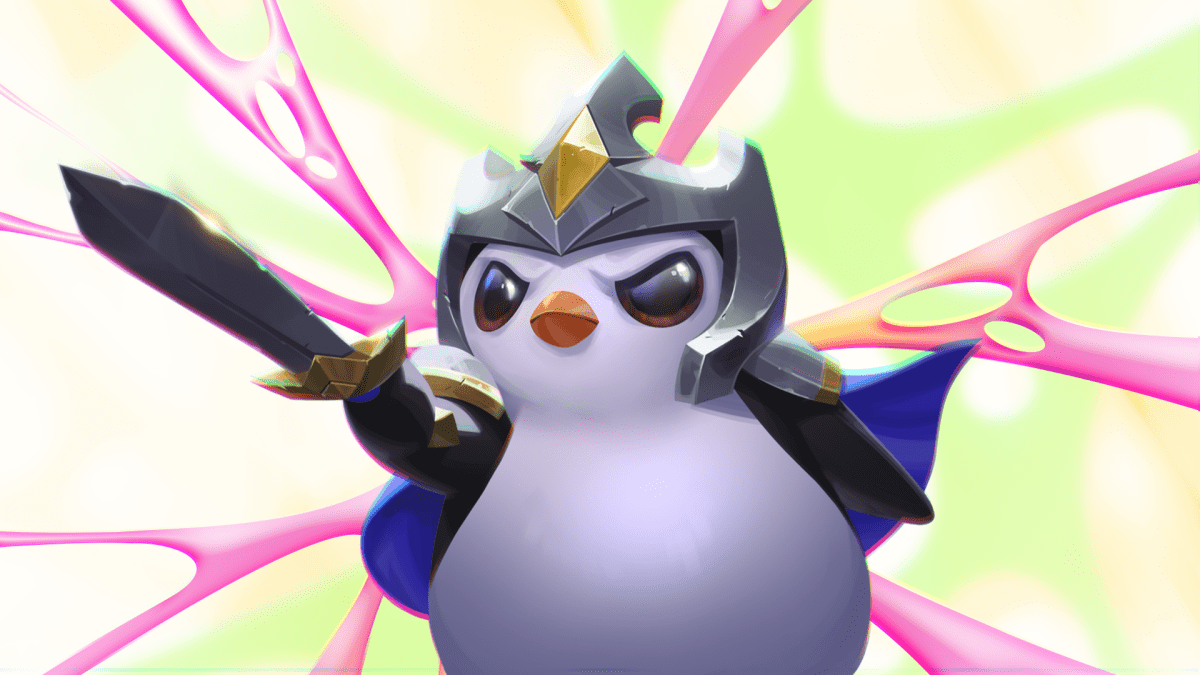
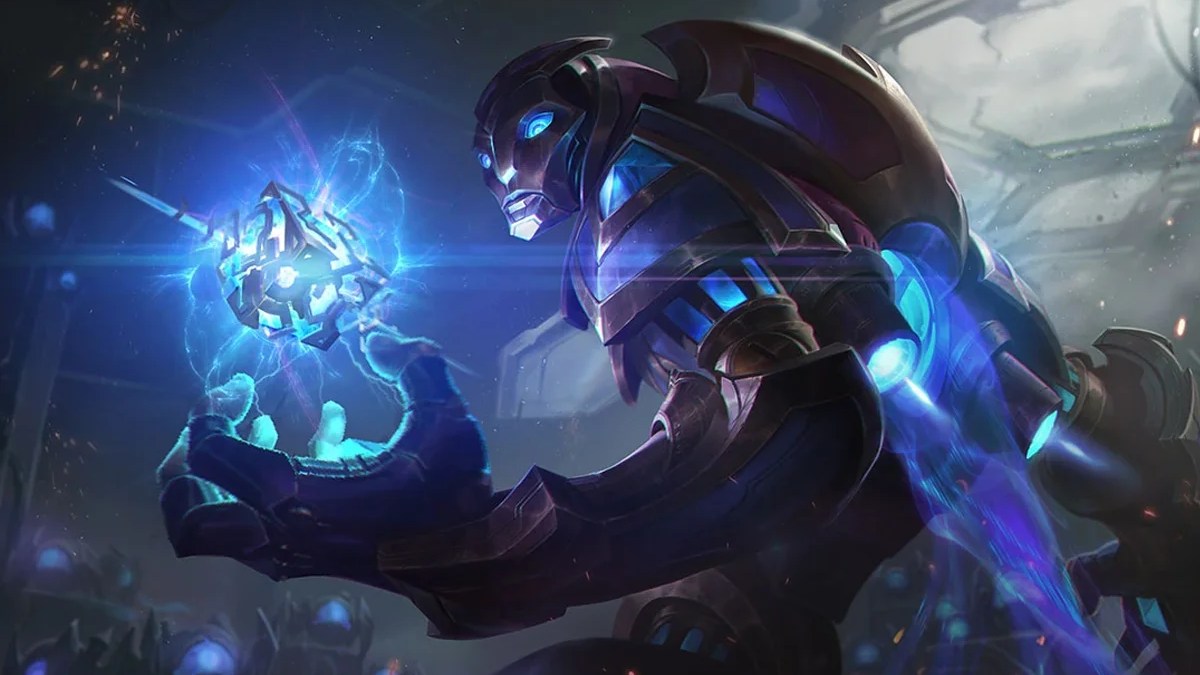
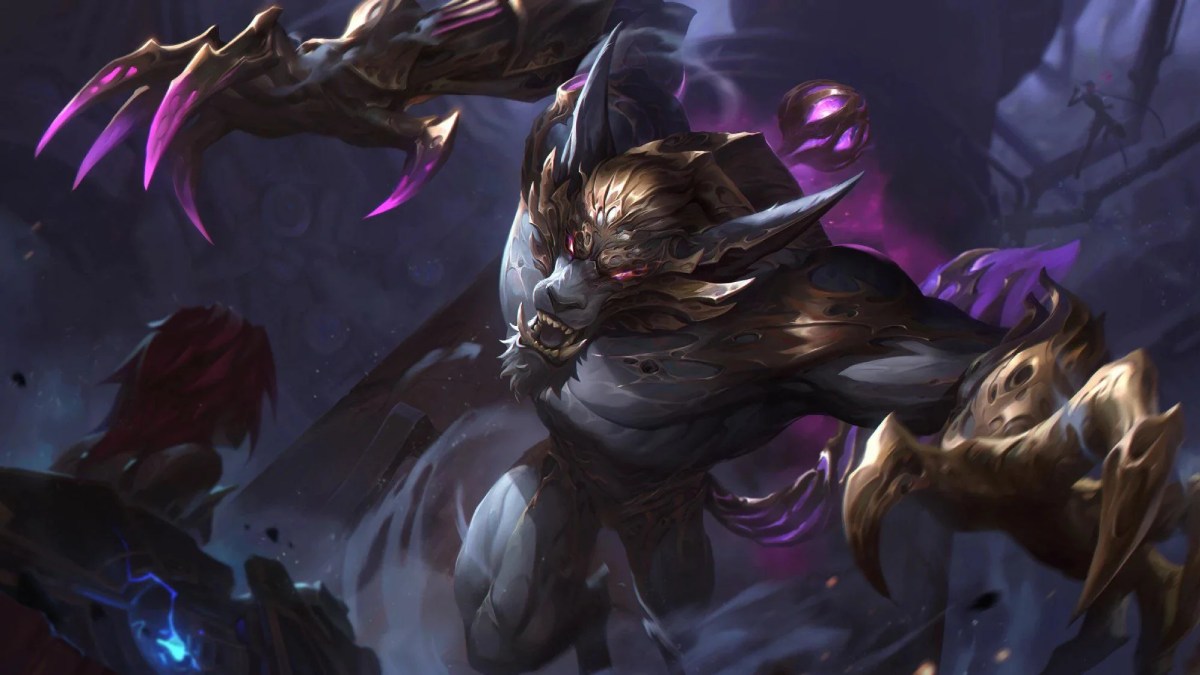
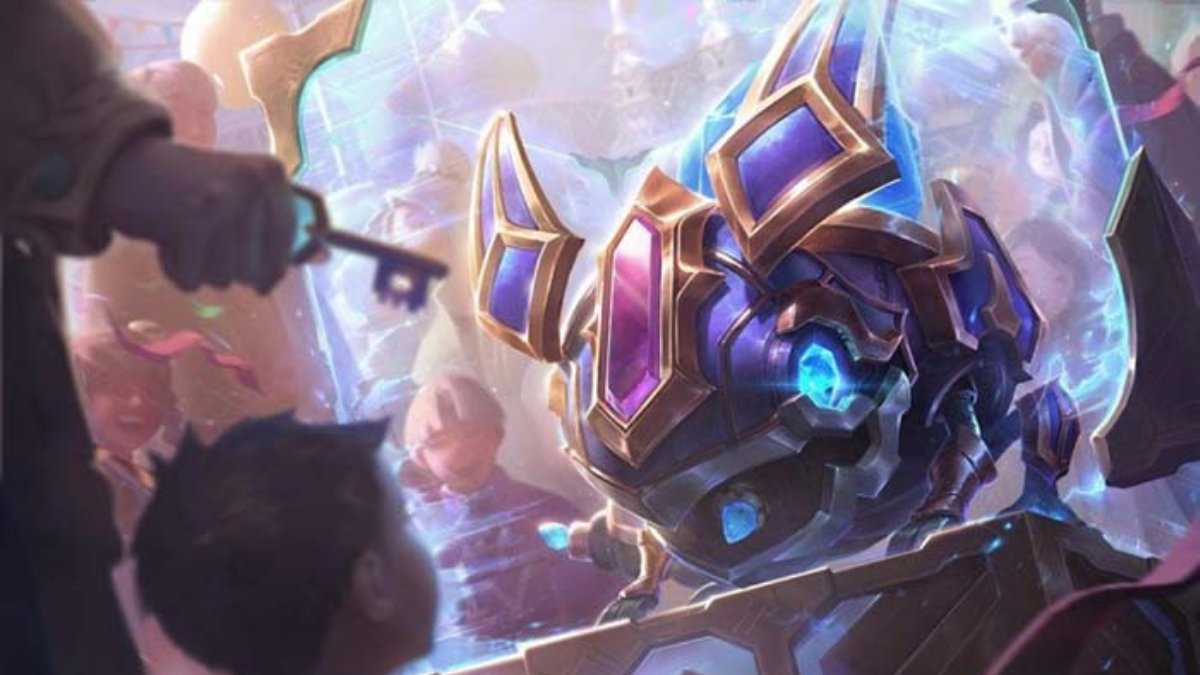
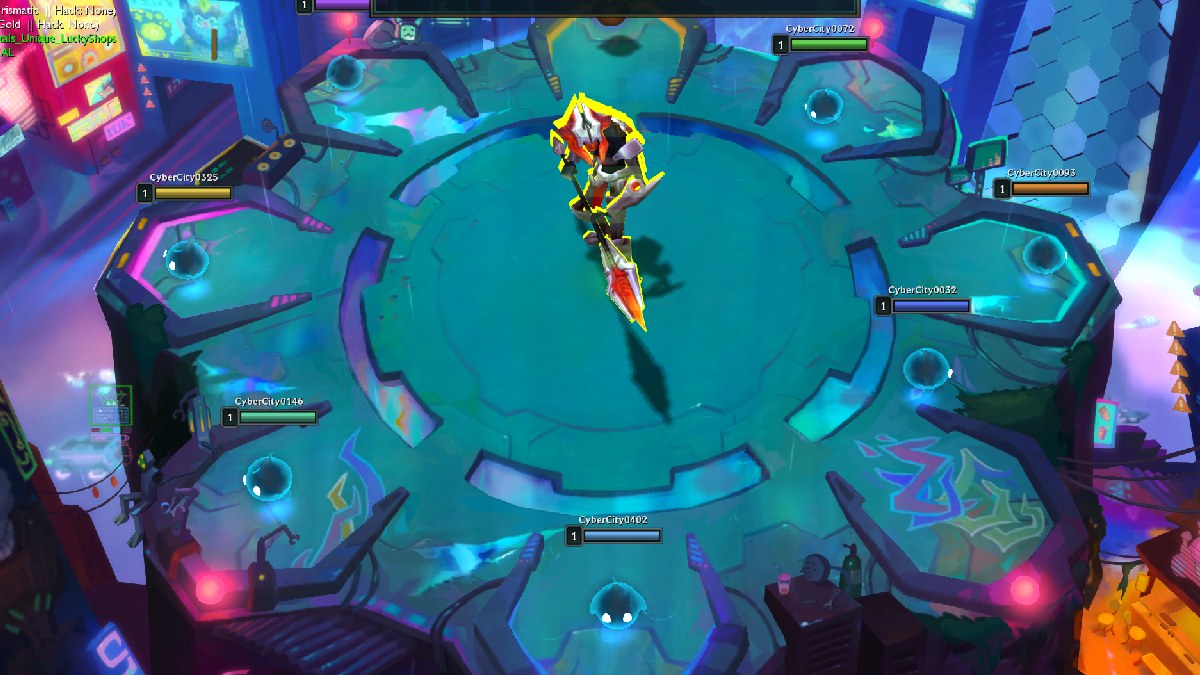

Published: Jul 12, 2024 05:17 pm